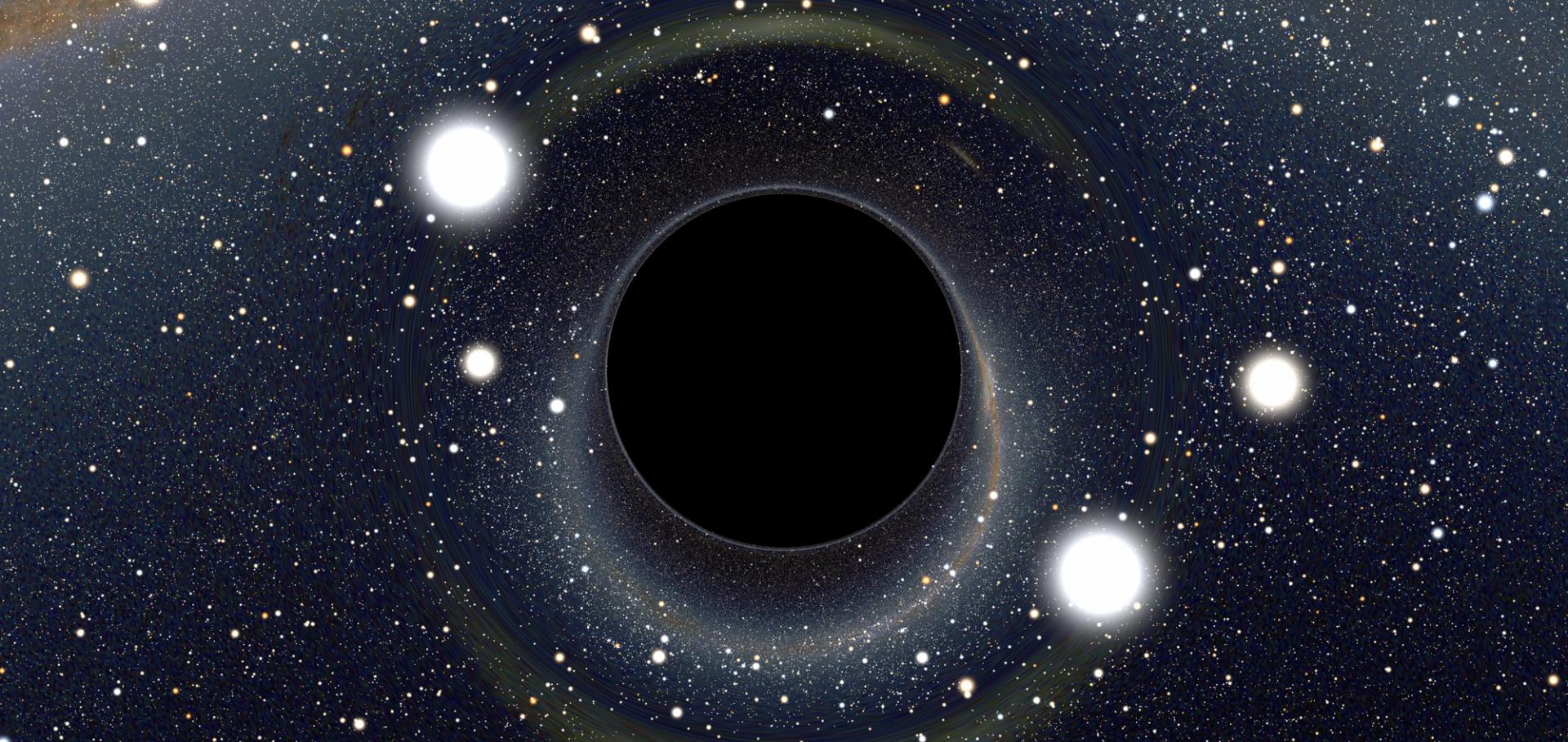21cm Cosmology
Proceedings of the International Astronomical Union Cambridge University Press (CUP) 10:S306 (2014) 165-176
Measuring the transition to homogeneity with photometric redshift surveys
Monthly Notices of the Royal Astronomical Society Oxford University Press 440:1 (2014) 10-23
Abstract:
We study the possibility of detecting the transition to homogeneity using photometric redshift catalogues. Our method is based on measuring the fractality of the projected galaxy distribution, using angular distances, and relies only on observable quantities. It thus provides a way to test the cosmological principle in a model-independent unbiased way. We have tested our method on different synthetic inhomogeneous catalogues and shown that it is capable of discriminating some fractal models with relatively large fractal dimensions, in spite of the loss of information due to the radial projection. We have also studied the influence of the redshift bin width, photometric redshift errors, bias, non-linear clustering, and surveyed area on the angular homogeneity index H2(θ) in a Λ cold dark matter cosmology. The level to which an upcoming galaxy survey will be able to constrain the transition to homogeneity will depend mainly on the total surveyed area and the compactness of the surveyed region. In particular, a Dark Energy Survey (DES)-like survey should be able to easily discriminate certain fractal models with fractal dimensions as large as D2 = 2.95. We believe that this method will have relevant applications for upcoming large photometric redshift surveys, such as DES or the Large Synoptic Survey Telescope.Cosmology with a SKA HI intensity mapping survey
Proceedings of Science 9-13-June-2014 (2014)
Abstract:
HI intensity mapping (IM) is a novel technique capable of mapping the large-scale structure of the Universe in three dimensions and delivering exquisite constraints on cosmology, by using HI as a biased tracer of the dark matter density field. This is achieved by measuring the intensity of the redshifted 21cm line over the sky in a range of redshifts without the requirement to resolve individual galaxies. In this chapter, we investigate the potential of SKA1 to deliver HI intensity maps over a broad range of frequencies and a substantial fraction of the sky. By pinning down the baryon acoustic oscillation and redshift space distortion features in the matter power spectrum - Thus determining the expansion and growth history of the Universe - These surveys can provide powerful tests of dark energy models and modifications to General Relativity. They can also be used to probe physics on extremely large scales, where precise measurements of spatial curvature and primordial non-Gaussianity can be used to test inflation; on small scales, by measuring the sum of neutrino masses; and at high redshifts where non-standard evolution models can be probed. We discuss the impact of foregrounds as well as various instrumental and survey design parameters on the achievable constraints. In particular we analyse the feasibility of using the SKA1 autocorrelations to probe the large-scale signal.Foreground subtraction in intensity mapping with the SKA
Proceedings of Science 9-13-June-2014 (2014)
Abstract:
21 cm intensity mapping experiments aim to observe the diffuse neutral hydrogen (HI) distribution on large scales which traces the Cosmic structure. The Square Kilometre Array (SKA) will have the capacity to measure the 21 cm signal over a large fraction of the sky. However, the redshifted 21 cm signal in the respective frequencies is faint compared to the Galactic foregrounds produced by synchrotron and free-free electron emission. In this article, we review selected foreground subtraction methods suggested to effectively separate the 21 cm signal from the foregrounds with intensity mapping simulations or data. We simulate an intensity mapping experiment feasible with SKA phase 1 including extragalactic and Galactic foregrounds. We give an example of the residuals of the foreground subtraction with a independent component analysis and show that the angular power spectrum is recovered within the statistical errors on most scales. Additionally, the scale of the Baryon Acoustic Oscillations is shown to be unaffected by foreground subtraction.HI galaxy simulations for the SKA: Number counts and bias
Proceedings of Science 9-13-June-2014 (2014)

